10 most common herb gardening mistakes – and how to avoid them
Avoid these herb garden gaffes with these tips from experts
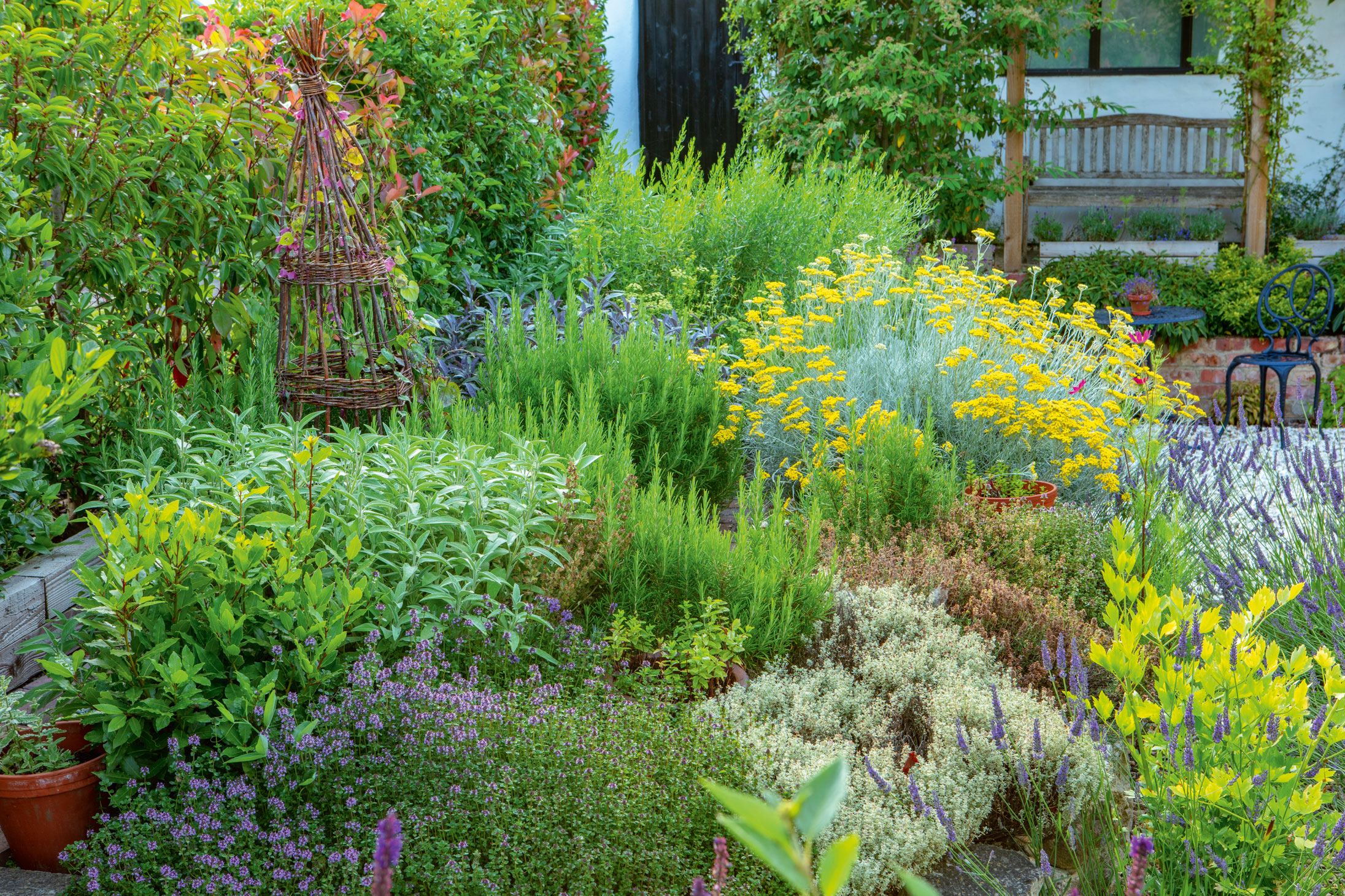

Herb gardening mistakes are simple to make – and keeping your herbs healthy and tasty is easier said than done. They come with the misconception that they don't need as much nutrition as other plants – but this is not the case. Whether it's their placement, position in a pot, or your watering routine (or lack thereof) – there are a handful of factors that may be impacting the overall look and taste of your herbs.
See: Kitchen garden ideas – easy ways to get started
At Homes & Gardens, we have seen our fair share of gardening mistakes, but none that specifically focus on herbs. So, whether you're picking up your first herb plant or you're an avid grower and cooker, we've rounded up the most common herb mistakes from an expert at the top of the garden world, Kate Turner.
Here, Kate, who has shared her advice on BBC's Garden Rescue, among other shows, discusses the five most important mistakes to bear in mind and what you should be doing instead.
The most common herb gardening mistakes – and how to avoid them
These all-too-common herb planting errors are quick and easy to fix, with a little help from Kate.
See: Small garden ideas – maximize a compact gardening space
1. Growing your herbs in the wrong place
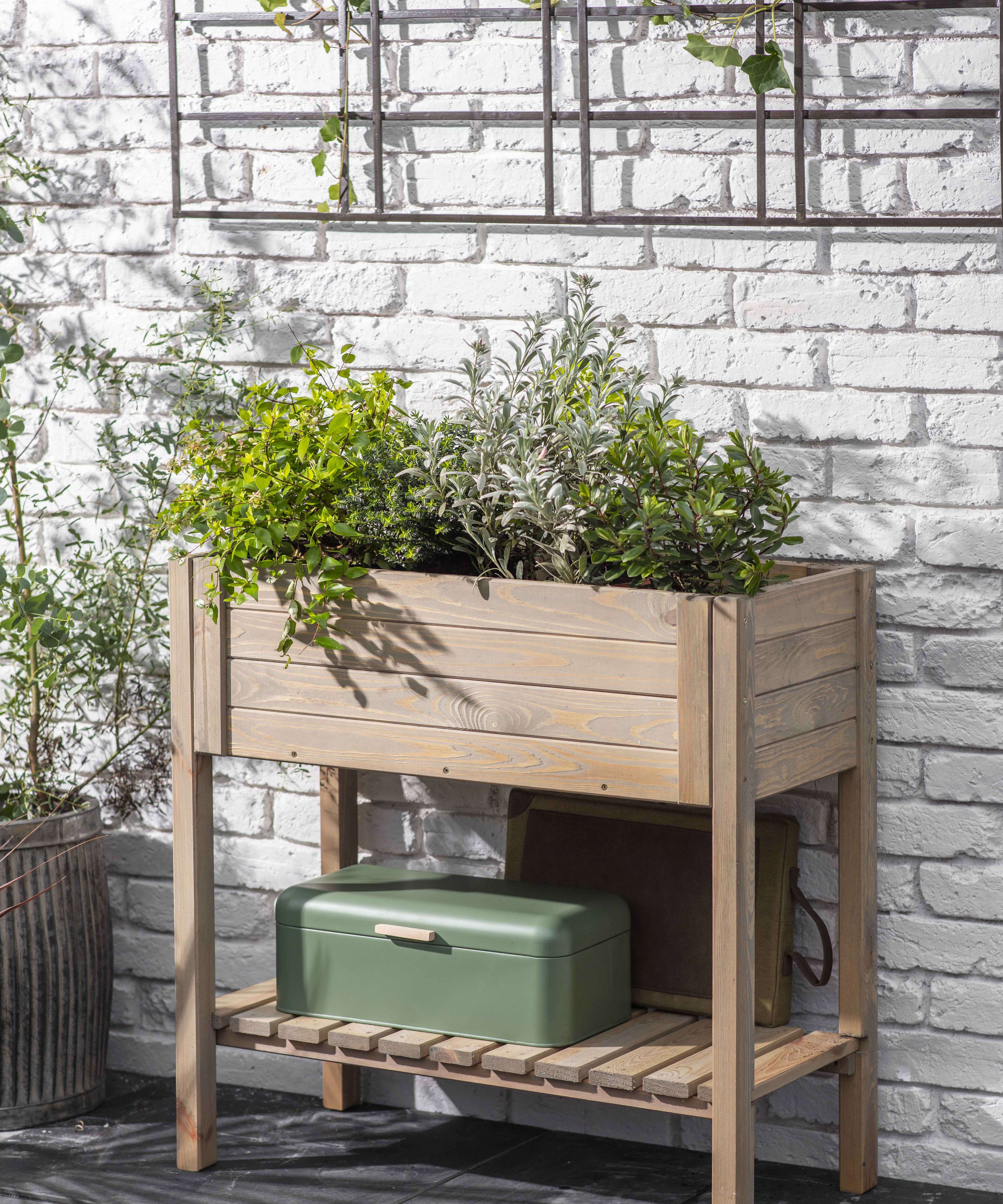
Just as with other garden plants, herbs must be planted in a spot that suits them. So, before you choose herbs, check whether they like sun or shade, boggy or well-drained soil, chalky or acidic soil. Get it wrong and they won't last. Planting them in groups that prefer similar conditions will give you good ground cover, and ensure success.
Sign up to the Homes & Gardens newsletter
Design expertise in your inbox – from inspiring decorating ideas and beautiful celebrity homes to practical gardening advice and shopping round-ups.
'You want to divide the herbs up by their different types. Lavender, sage, oregano, thyme are all Mediterranean herbs, and they can be planted together. Remember that some will probably then need to be divided after a year because sage and rosemary can grow bigger. You might need to move them,' Kate begins.
See: Starting a herb garden – with tips on making it fragrant, from Petersham Nurseries
She continues: 'Some Mediterranean herbs, such as rosemary and sage are perennials, meaning they will last for years. Though these herbs will survive in a shady spot, they will need some sun because this helps release the essential oils we use in our cooking. If they're only getting a bit of sun, then they're not going to smell as good, but they will still survive.'
Kate expands, focusing on each herb's varying preference when it comes to direct sunlight: 'Basil needs a bit of sun, but I would put that in a separate pot to lavender. Parsley, dill, and chives can tolerate a lot more shade, but don't grow them with lavender, rosemary, and thyme. They can go in the shadier corner, and they'll be fine.'
2. Creating a herb crowd
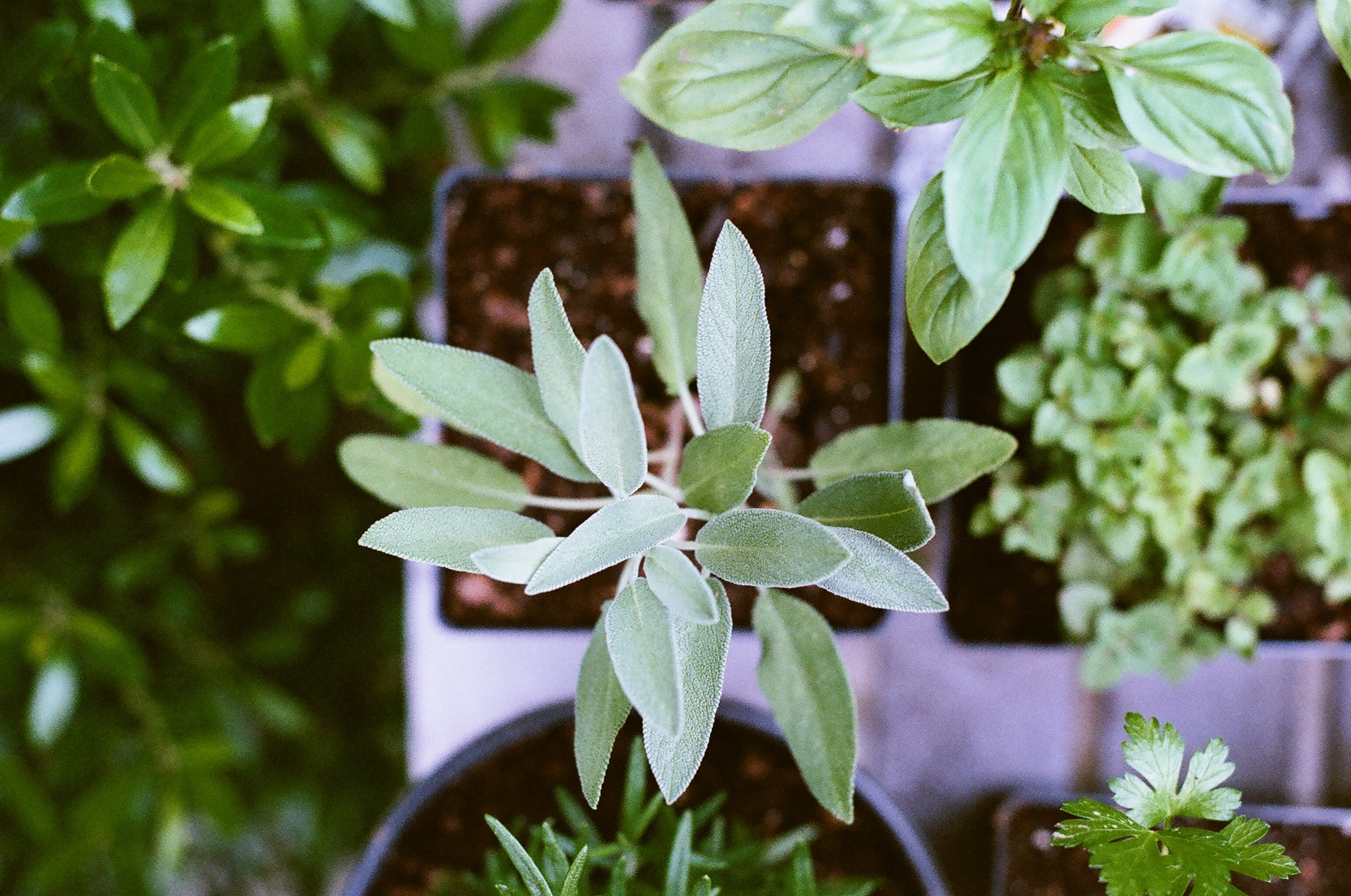
Crowded plants of any kind don't do well – and that goes for herbs, too, so it's important to plan planting carefully. Start by measuring up the bed or container then, when you go to buy herbs, check their eventual spread and plant accordingly.
If you do plant them too closely, whether by mistake or or purpose, you'll need to be prepared to lift them and divide them once a year or so, to give each herb plant enough space to thrive.
Some of course will only last one season, so dividing them isn't always practical – which means you need to be more careful than ever not to over-plant your herbs.
3. Forgetting to cut your herbs regularly

Though herbs aren't primarily celebrated for their aesthetic value, it does not mean we should neglect their maintenance. As Kate shares: 'The thing with herbs is to remember to keep cutting them. If you're not going to use the trims for cooking, you can freeze them, or put them in ice cubes – just keep them picked because that helps the plant retain its shape.'
Cutting regularly also promotes healthy growth and stops the herbs from growing leggy, prevents flowers from forming and stops them from becoming, eventually, leaf-free.
Kate offers a way to cut and propagate your herbs to create an entirely separate plant. The best part? It's an entirely new plant, for free.
'Once the herbs get bigger, you should cut just below the leaf node and then put them in water. For example, with something like basil, you can put six stems into a jam jar of water, and they will grow roots. Once the roots are bigger, you can put them in soil, and you'll have a new plant for free,' Kate reveals.
See: Kitchen garden ideas – decorative ways to grow your own
4. Letting herb flowers to go to seed
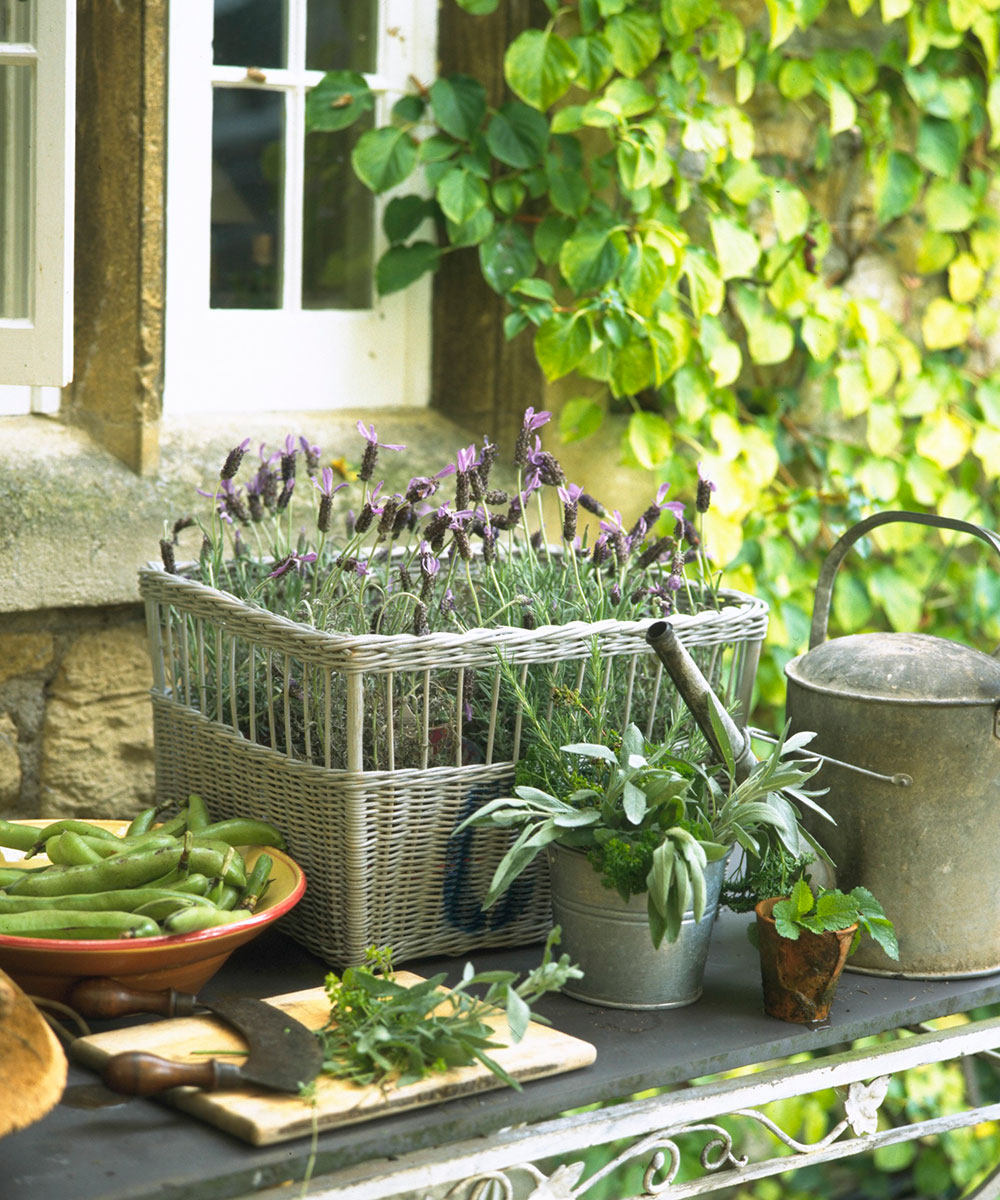
Many herbs flower, especially if you don't cut them regularly. And while they are pretty to look at – and some can even be eaten – allowing them to flower, particularly early into their growing season, will bring on their early demise.
So, ideally, don't let your herbs flower at all, and if they do, snip off the flowers quickly to stop them from dying.
5. Not adding gravel to your soil
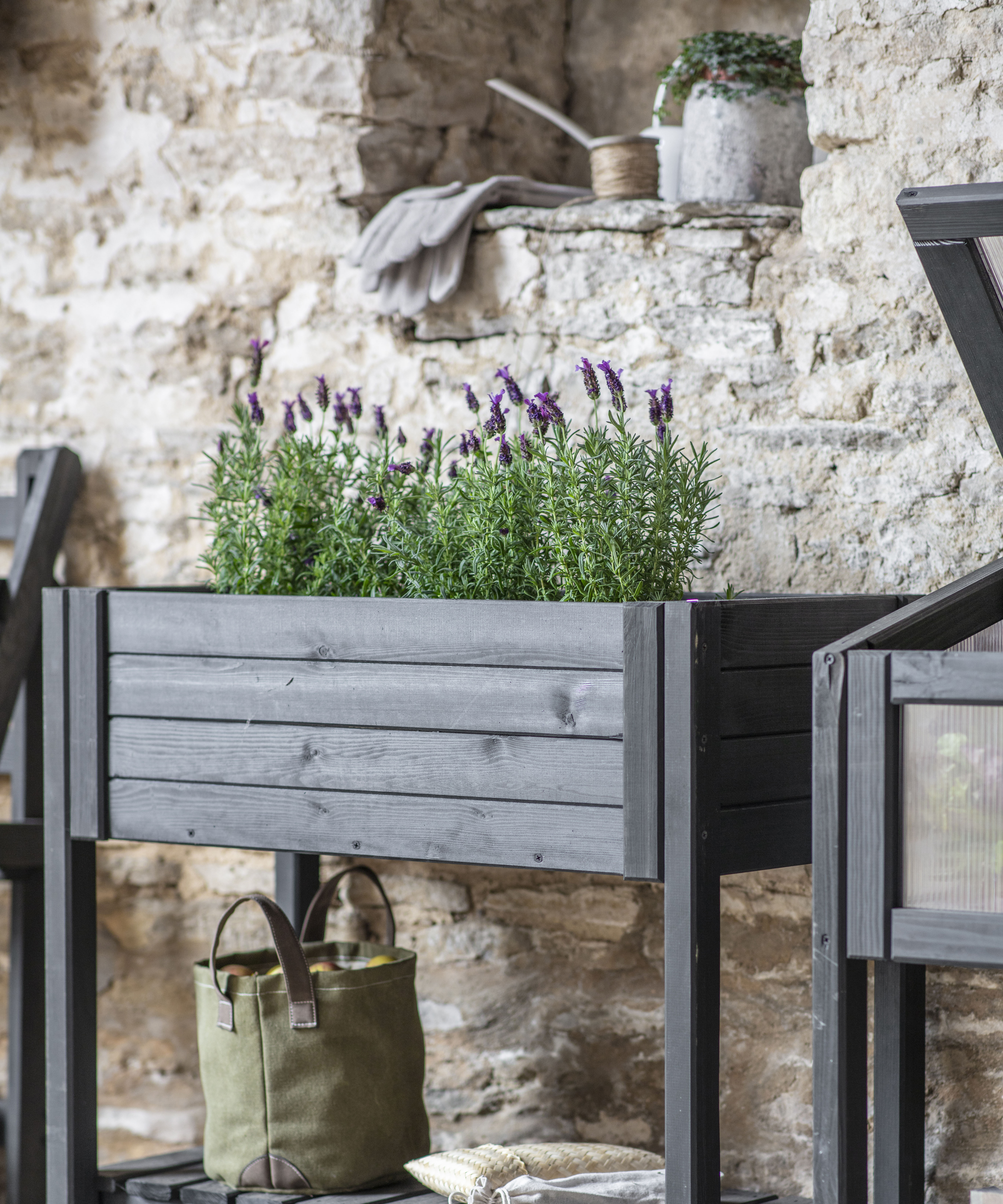
Yes, the surprising reason your herbs may be dying may be down to the lack of gravel in your soil. While this technique might seem unconventional, Kate suggests this hard substance will create a better drainage system for your plants that will, in turn, allow them to thrive for longer and taste better.
'Your herbs need a good draining soil, so you must add some grit into your soil. If you haven't got any, you can buy some horticultural grit from a garden center and add that to your plant and soil. You need to make sure it isn't too wet,' Kate shares.
'The thyme and the lavender should go in the sunniest spot possible, so you need to add some grit if you have any compost. The parsley and the chives don't need as much drainage – they're going to be a bit more moist,' she adds.
6. Believing your herbs don't need water
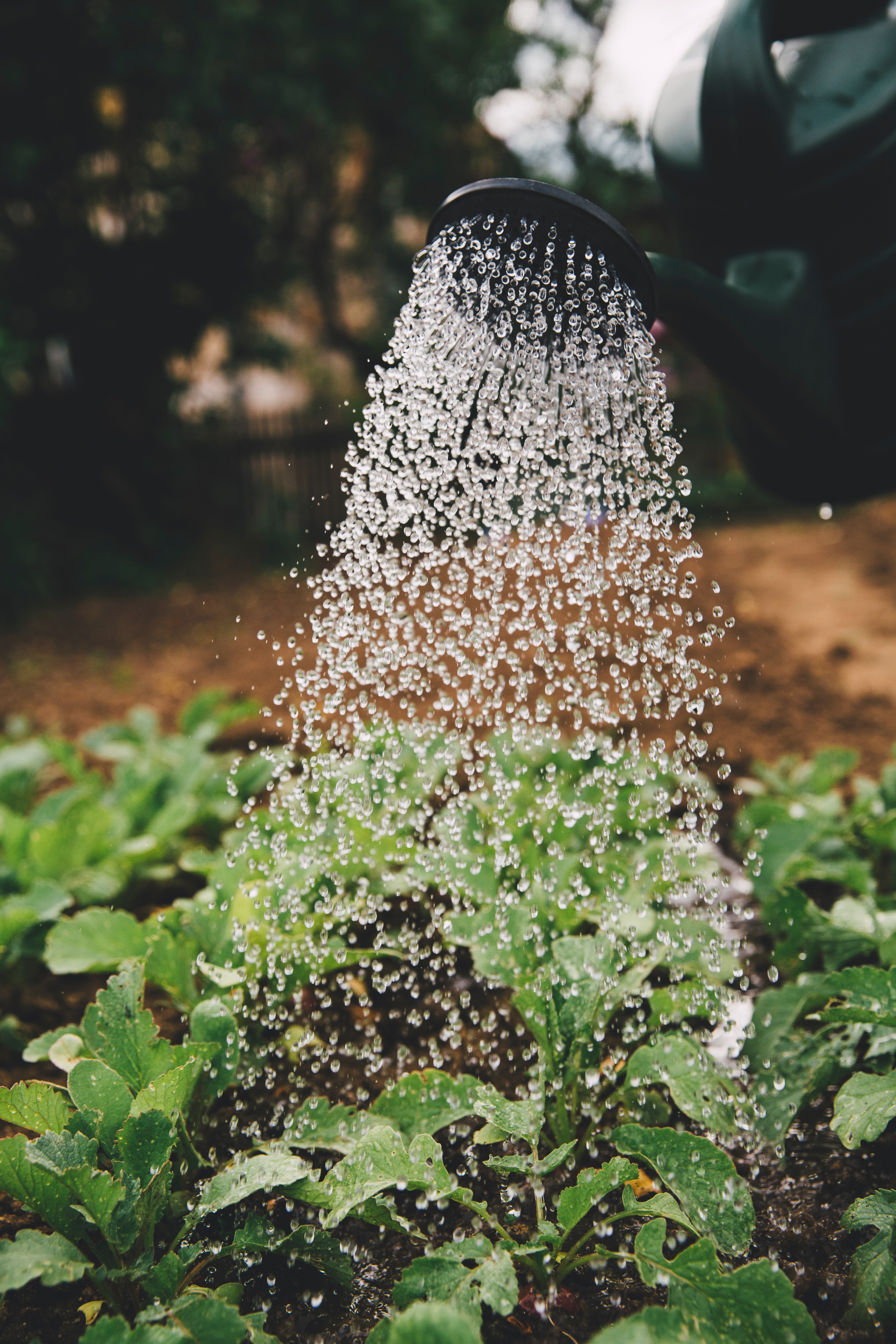
Photo by Markus Spiske on Unsplash
Despite a thorough watering routine being a common part of other plant's daily routine, herbs are often left neglected, thanks to their Mediterranean heritage. However, these characteristics do not mean they can survive without a regular drink, as Kate expands:
'You must keep watering throughout the first season. Herbs are often labeled as 'drought-tolerant,' but nothing is drought tolerant until the roots have actually grown into that soil. Give it one season to keep up with your watering – people often forget that.
Ideally, you should water around the roots of the herbs first thing in the morning so that the soil – and herbs – can absorb the water before the sun comes out. Avoid watering the leaves, which won't promote good plant health.
7. Not mulching your herb garden
Another common herb gardening mistake is to skip the mulching stage. Considering our most enthusiastic herb planting season tends to be when the weather is warm, this is an oversight that might lead your herbs to struggle to thrive – and will mean you will have to water more regularly.
Add mulch on to the soil around the herbs but avoid mulching right up to your herbs' stems, which can be inviting to pests.
8. Not feeding your herbs
If you are cutting your herbs back regularly, you are making them work harder, so feeding them is a must. Get into the habit of doing this with a suitable organic feed once a week, ensuring you avoid the leaves when watering them.
9. Planting mint in your garden
While an excess of plants is never really a bad thing, Kate reminds us of one particular herb that is notorious for expanding, almost uncontrollably, across our gardens – and how to prevent this from happening.
See: Patio planting ideas – add life to your outdoor space with plants
'The biggest mistake is planting mint in the ground because you'll never get rid of it,' she announces.
'I have chocolate mint everywhere in my garden. I planted it in a pot in the ground – you should not do that. Put them in a separate container. It's the same with a lemon balm plant too. That's another herb that will just take over.'
Armed with Kate's tips, we have no doubt that our herb gardens will be fruitful and our dinners will be flavourful for the rest of the season and beyond.
10. Buying diseased herbs in the first place

See: Companion planting – your ultimate guide
This mistake applies across the board, of course: when buying any plant – especially herbs that you're hoping to harvest – check them for signs of disease and pests. That means not just checking for unhealthy looking leaves, but looking under leaves too for insects or eggs that you really don't want to bring back home to infest the rest of your garden.

Megan is the Head of Celebrity Style News at Homes & Gardens, where she leads the celebrity/ news team. She has a history in interior design, travel, and news journalism, having lived and worked in New York, Paris, and, currently, London. Megan has bylines in Livingetc, The Telegraph, and IRK Magazine, and has interviewed the likes of Drew Barrymore, Ayesha Curry, Michelle Keegan, and Tan France, among others. She lives in a London apartment with her antique typewriter and an eclectic espresso cup collection, and dreams of a Kelly Wearstler-designed home.
-
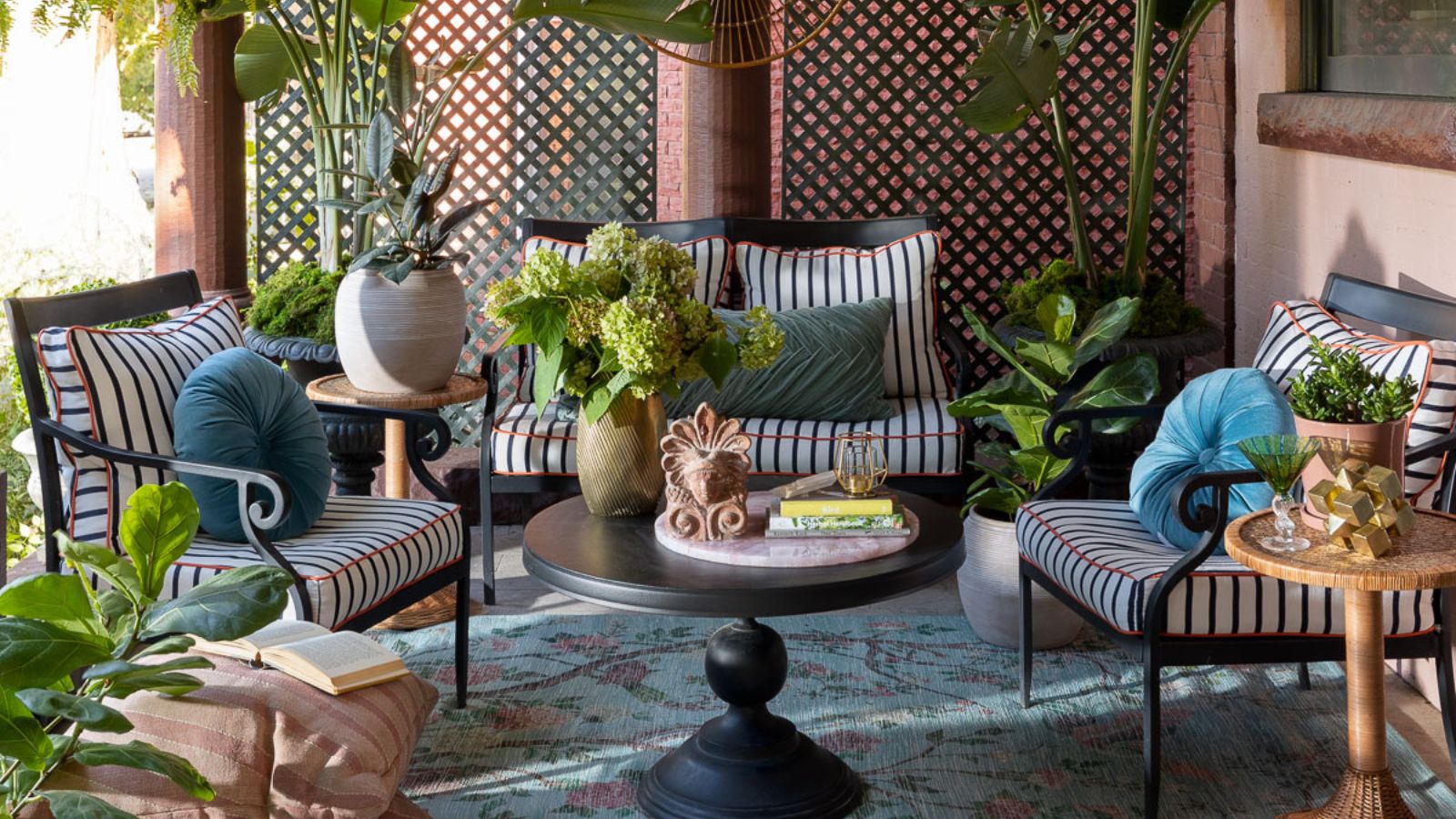 Designers share how to make your outdoor living room look more expensive – and the affordable products to get you there
Designers share how to make your outdoor living room look more expensive – and the affordable products to get you thereFrom layered lighting to luxe-looking textiles, these simple swaps made all the difference
By Charlotte Olby Published
-
 5 surprising but brilliant ways to clean with old socks – from perfectly buffing stainless steel to deterring pests naturally and more
5 surprising but brilliant ways to clean with old socks – from perfectly buffing stainless steel to deterring pests naturally and moreTackle dust in tricky corners, clean your mirrors and even banish bad odors with those rogue single socks
By Andy van Terheyden Published